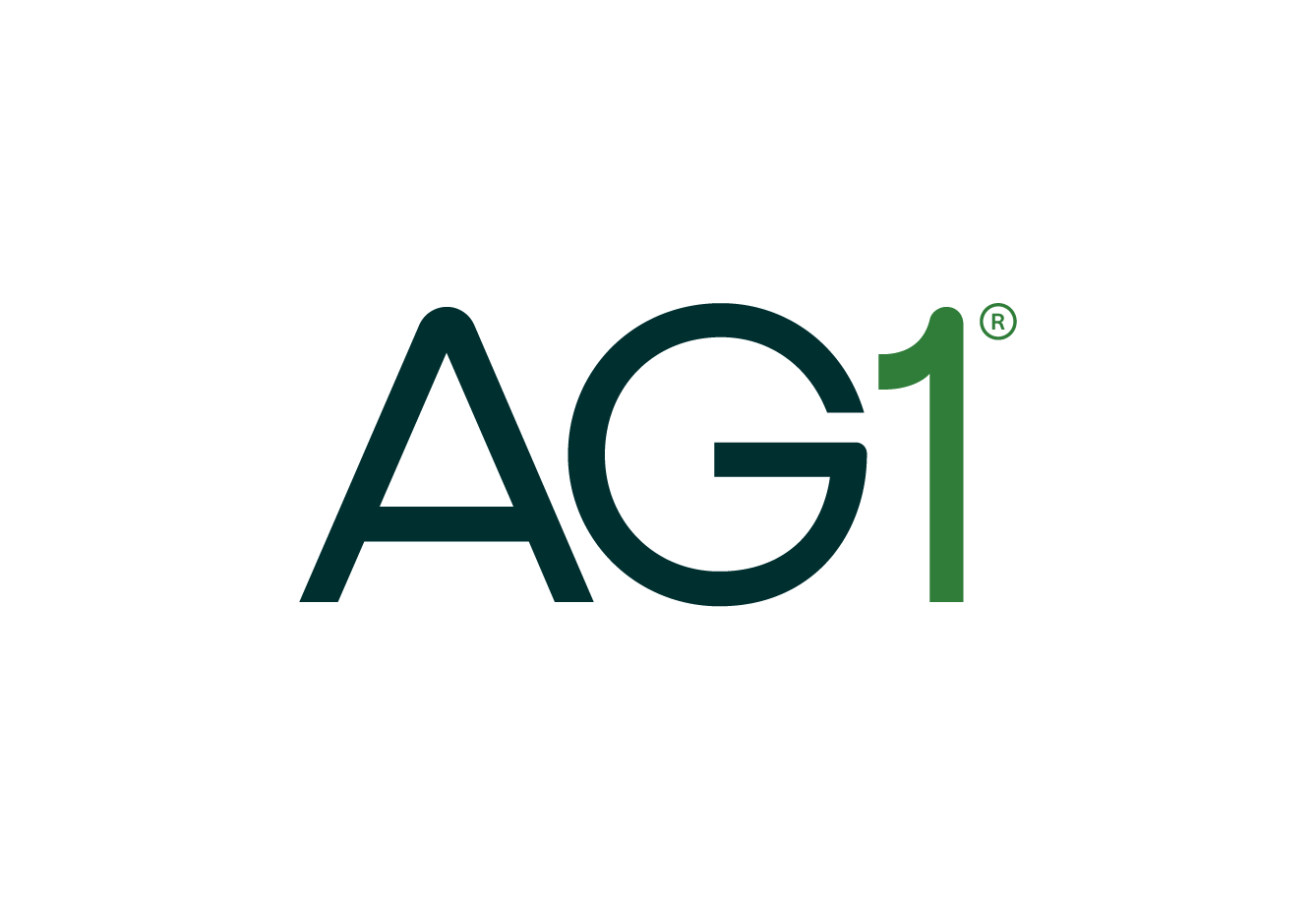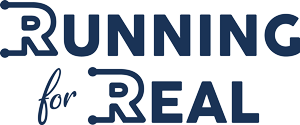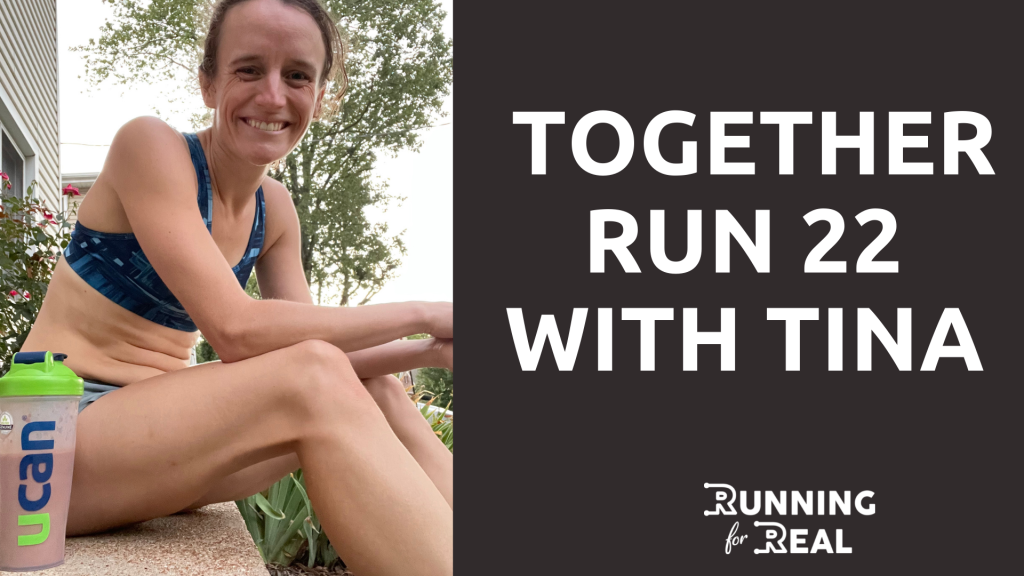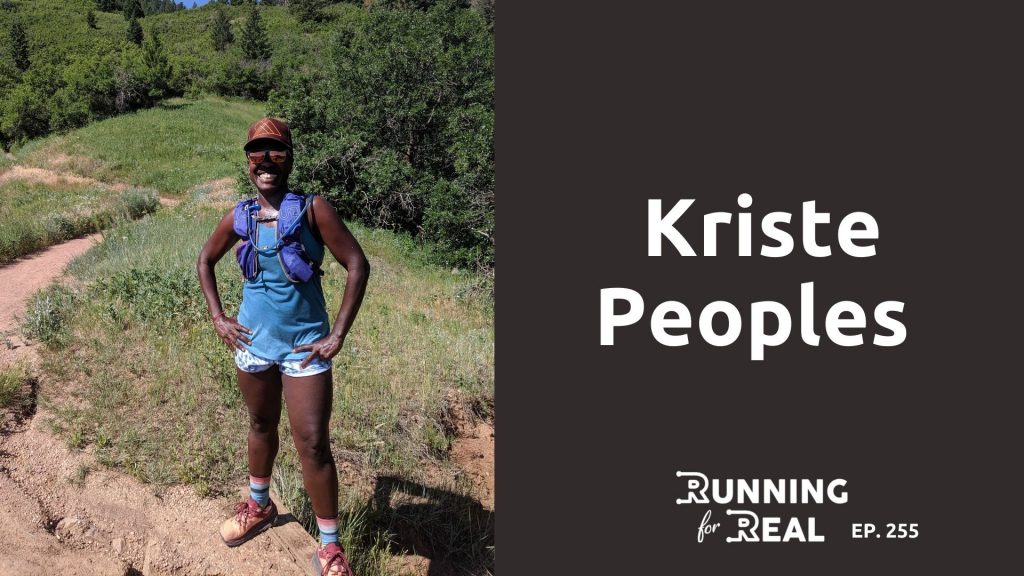Filmmaker and distance runner Nicole Teeny had an unusual item on her bucket list – to race against horses. But when she was diagnosed with epilepsy, she was told that the running part of her life was over. Instead of giving up on her dream, she used it as motivation to return to the sport she loved, a journey documented in the podcast series GIRL v. HORSE, on ESPN’s 30 for 30 Podcast.
Listen to the Running for Real podcast here:
Apple (iTunes) Podcast | Sticher | Castbox | Overcast | Spotify | Google Play | iHeartradio |
Nicole first learned about humans’ ability to outrun other animals when she read Christopher McDougall’s Born to Run. “In one of the chapters, he talks about the endurance running hypothesis, which is a scientific theory that says humans are the world’s best long distance runners out of the whole animal kingdom. Part of that is due to the way that we sweat and also as a way to persistence hunt. So we hunted prey using our endurance before we invented tools.
“And he goes so far as to say we are the world’s best to the point that we could outrun any animal, even a horse. And that went ‘ding, ding’ in my brain, like, ‘What? This is ridiculous. How? How do you do that? Could a race human do that? What about a regular human? I’m a regular human; I’m not a race human. Could I do that?’
“I thought, ‘Wow, what a neat, crazy idea,’ and it sort of lodged in the back of my head. How cool would that be? But just one of those ideas like it’s a bucket list, maybe-one-day or maybe-not-one-day idea. That’s when the seed was planted.”
It wasn’t until much later that she began to seriously consider that it might be something that she could do. When Nicole had first been diagnosed with epilepsy, one of her first questions was if she could still run. At first the answer was “Yes,” but as her seizures became more frequent and medication failed to control them, being out on a run was simply too dangerous. “It didn’t seem like I had a real path towards running until my seizures got in control. You just never know when a seizure is going to hit. It’s not like, ‘On Tuesday at 3 p.m., I’ll just make sure I’m at home in bed. It could be anywhere, at any time.”
As crazy as racing a horse had once seemed to her, it struck Nicole that it made no less sense than developing epilepsy. “When I was diagnosed with epilepsy, it felt like my life kind of went off course, or off script, like this wasn’t supposed to happen. It felt like the rules of the universe that I thought existed were broken. This isn’t just health and body related, though it was for me. It could be losing a loved one, or it could be a relationship or a career change, but those laws-of-the-universe-being-overturned moments sometimes can make us question the other areas where we’ve seen things as being rigid.
“This idea, for me, had always seemed absurd, racing against a horse, and what was currently happening to me felt sort of absurd and arbitrary, so it felt no more crazy than that. It’s like, ‘Okay, well, if anything can happen, then what if I lean into that?’ And it also felt so far away from where I currently was. So it became this thing that I wanted to work towards that motivated me to try different medications when I was getting discouraged and exhausted from the process.
“There was no way of knowing if it would get better enough to the point that I would be able to do that, and so that was something I had to accept, as well. The seizures became controlled, but there was still the fear lodged inside of me of, ‘What if it’s not controlled? What if something does happen?’ And I think that dream to run against a horse made me tell myself, ‘If you want to run against the horse, you have to get over it in these ways too.’ So that’s how that manifested itself. Gave me something else to put my mind on and focus on.”
Nicole trained to get into shape to be able to make the attempt, but finding horses to compete against was another obstacle to overcome. Her initial idea, to race wild horses, proved impractical. She and her aunt located a herd in Arizona, but, she says, “It became very apparent that they were not going to race me. They are in control, not me. I am not going to race them down because if anything, I need to be running from them. No one’s their master; they’re their own beings. And how are you going to direct them? They’re going to just run into the bushes in a different direction. So that was like, ‘Okay, that’s not going to work.’”
She explored other options and discovered the world of endurance riding. “I found all these races through this organization called AERC, American Endurance Ride Conference. They call them rides, not races, because they don’t want to overemphasize the aspect of running your horse ragged. These horses have been trained just like we humans train for races, and during the course of the actual rides, or races, if you will, they have vet checks to make sure that the horse is healthy before, multiple times during, and after the race. For me, that was really important, to know that these horses were being cared for.
“So I thought, ‘Great, I’m gonna find a race by calling up one of these rides.’ And let me tell you, I must have called over a hundred rides. I mean, understandably, it took a while to explain, ‘Yes, I want to race against the horses, not ride a horse. I do not have a horse.’
“Some of them were like, ‘Well, you definitely can’t run without a horse.’ Some offered, ‘Well, you could run next to a horse and hold a horse’s lead.’ So it took a while before somebody said yes. And when they did, I was overjoyed and couldn’t believe it. Because after all that time, I could start to see the dream happening.”
Nicole traveled to Kansas to compete in a 50-mile ultra against horses. The full story of her journey is the subject of a four-part podcast, GIRL v. HORSE, on ESPN’s 30 for 30 Podcast.
Her experience has given Nicole a new perspective on running. “I think running races after having been diagnosed with epilepsy, and having lost that opportunity to run briefly and didn’t know if there would ever be a chance where that would happen again, has made me approach my running in a way that it isn’t necessarily about getting a PR or a time anymore. It’s about going out there, having fun, or not even having fun, pushing myself and doing the thing.
“Of course I want to do my best; most of us who sign up for a race do want to do our best. We always want personal best. Sometimes that’s not possible. And I think I’ve accepted the capacity to walk, if I need to. I haven’t yet, but having given myself the permission to say, ‘Well, you could walk if you want,’ has changed the way that I run and race. No one’s going to give me a million dollars at the end of it. I’m not crossing that finish line and taking home a check. There’s no way that’s happening. And so I’m not out there for that. I’m out there for me. That kind of reframing has happened after this experience. I’m not saying I necessarily do go out there and walk, but yeah, it’s nice to have that option. It kind of takes off the pressure and enables me to actually run my best. And if I don’t, that’s also okay.”
FIRST AID FOR EPILEPTIC SEIZURES
Nicole hopes that sharing her story will help enlighten others about epilepsy. “Something that I think is not known about epilepsy is that it is an electrical disorder. It’s not intellectual. It’s not mental. It’s just like having your electricity occasionally go out. And so it’s important, I think, for people to know that about epilepsy.
“And I think epilepsy first aid is something that’s not known very much. If someone is having a seizure, try to lie them down on their back slowly and then roll them to their side. Cushion their head, so it’s not pounding against the floor. You have them to their side so that way they’re able to breathe.
“Time the seizure, if you can. And if it goes over five minutes or if this is their first seizure or if you’ve never met them before and you don’t know what their seizure situation is, then call 911. If it’s somebody you know who has seizures, often it’s probably a good point to ask in advance, ‘Do you want me to call 911?’ Because sometimes they’re not going to be able to do anything for you. But if it’s their first seizure and you don’t know them, or if it goes over five minutes, then you really do want to call 911.
“You want to remove any sharp objects away from them, as well. And stay with them until they’ve recovered because there’s a period after the time where you have a seizure where it takes a minute to come back fully; there’s amnesia.And it’s okay to stop on the street if somebody you don’t know is having a seizure. It doesn’t necessarily mean that they’re psychotic and you’re gonna get hurt. It’s okay to help people. It’s appreciated.”
Resources:
Thank you to Runna, HydraPak, and AG1 for sponsoring this episode.

Runna is on a mission to make running as easy, effective and enjoyable as possible by providing personalized running plans built by Olympic athletes and expert coaches. They have plans for runners of all abilities, from Couch to 5K to elite level, and offer strength, mobility, and Pilates plans to integrate with your running. They even have a community section on the app, where you can connect with like-minded runners.
There’s a reason why they’re the #1 rated running app in the world – go here and use code RUNNINGFORREAL to get two weeks free!

HydraPak is continually looking for ways to help runners and their communities lessen their environmental footprint. Their reusable hydration products are aimed not only at supporting athletes in pursuit of their personal goals, but at reducing single-use waste.
Most recently, they unveiled their Cupless Racing Partnership Program, designed to support trail and road races across the country in eliminating race day waste by offering their collapsible and reusable SpeedCup as an alternative to single-use cups at running events.
You can find out more here.

AG1 is a foundational nutrition supplement that delivers daily nutrients and gut health support. Unlike so many products, the entire formula is backed by research studies, not just the ingredients. AG1 is packed with a variety of nutrient-dense ingredients and is the perfect complement to a healthy diet.
It’s easy and satisfying to start your journey with AG1. Try AG1 and get a FREE 1-year supply of Vitamin D3K2 AND 5 free AG1 Travel Packs with your first purchase here.
Thanks for listening!
If you haven’t already, be sure to subscribe on Apple, Spotify, iHeart, YouTube, or wherever you get your podcasts. And if you enjoy Running for Real, please leave us a review!
Keep up with what’s going on at Running for Real by signing up for our weekly newsletter.
Join the newsletter
This is not your usual email newsletter. With Tina’s personal reflections and recommendations, suggestions of things to do, thoughts to contemplate, and some updates, this newsletter is one that you’ll WANT to read, not hit “delete” as soon as you see it.
Follow Tina on Instagram, Facebook, and X. You’ll find Running for Real on Instagram too!
Want to be a member of the Running for Real community? Join #Running4Real Superstars on Facebook!
Subscribe to our YouTube channel for additional content, including our RED-S: Realize. Reflect. Recover series of 50+ videos.
Thank you for your support – we appreciate each and every one of you!



